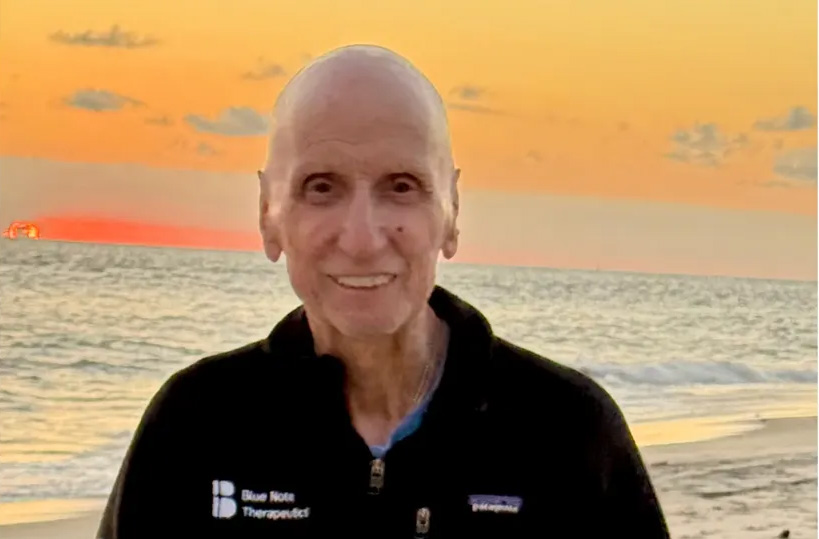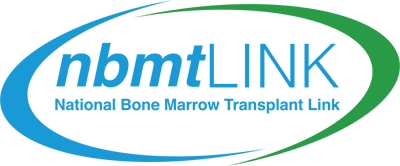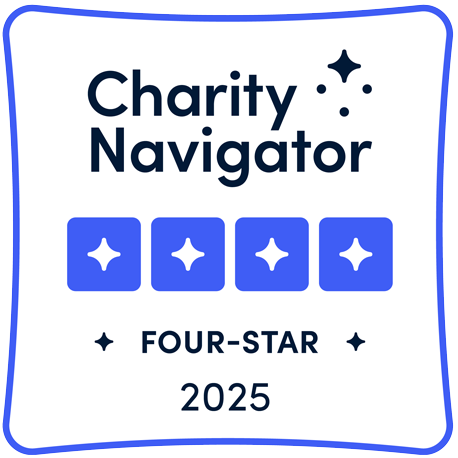Re-Posted From: HealthTree Foundation
“I was at 9/11 that day. I watched those planes fly into the towers,” Lewis Christie said. “I watched those planes fly into the towers, and I was there every day thereafter for over a year breathing in those carcinogens.”

Ten years later, at the age of 71, Lewis was diagnosed with acute myeloid leukemia (AML).
He had felt sick and fatigued, so his doctor ordered a bone marrow biopsy. It showed a high white blood cell count and a very low red blood cell count. Lewis was immediately sent to the hospital for two blood transfusions and his diagnosis was confirmed.
Finding hope after a difficult diagnosis
The discovery of AML was devastating for Lewis. He had always been in good health, and he had no idea what he should do next. He saw several oncologists that gave him only one year to live. “There was no encouragement or path to take to survive,” Lewis said. After his initial diagnosis, he started chemotherapy that lasted 14 months.
Afterward, Lewis found new hope. “My wife and I found a wonderful oncologist who provided hope that a transplant could save or prolong my life,” Lewis said. A donor match was found through the National Bone Marrow Registry and Lewis received his transplant in March 2014. However, six months later, he relapsed.
A second chance after a second transplant
Lewis started chemotherapy while they looked for a second donor. In September 2014, his younger daughter donated her stem cells, which were given to Lewis through a blood transfusion. He experienced many difficult side effects. “I could hardly walk, rashes, coughing, blurred eyesight, uncontrollable hiccups, no appetite, muscle cramping, indigestion, numbness, and night sweats. After thirty days, when I could walk again, I was released from the hospital,” Lewis shared.
Lewis had to stay in his home for a year. He lived in a very clean environment and had to be very selective with his food choices. He only left the house for doctor appointments and wore gloves and a mask to avoid infections. Lewis continued to have low blood counts, but he received platelets weekly and injections to boost his white blood cell counts. It took months before Lewis began to feel better, but he slowly progressed to living a full life.
Lewis’s advice on living with cancer
Today, Lewis is living with another side effect from his transplant. He developed Graft Versus Host Disease (GVHD).
“The symptoms are bruising easily, skin peeling, trouble swallowing because food would get stuck in my throat, hardening and cracking of nails, dry eyes, reduced lung capacity that made it hard to breathe at times, tooth decay, and painful white patches in my mouth. While this may sound terrible, it’s not as bad as it seems. After being through two transplants, I can certainly handle all of this because I am still here!” Lewis said.
It has been thirteen years since Lewis was first diagnosed. He now plays golf and takes daily walks with his wife. For other people going through an AML or blood cancer diagnosis, Lewis offered three suggestions:
• Being positive is the number one key to getting better.
• Attend support groups and talk to other patients.
• Use as many resources as possible to navigate your cancer journey.










